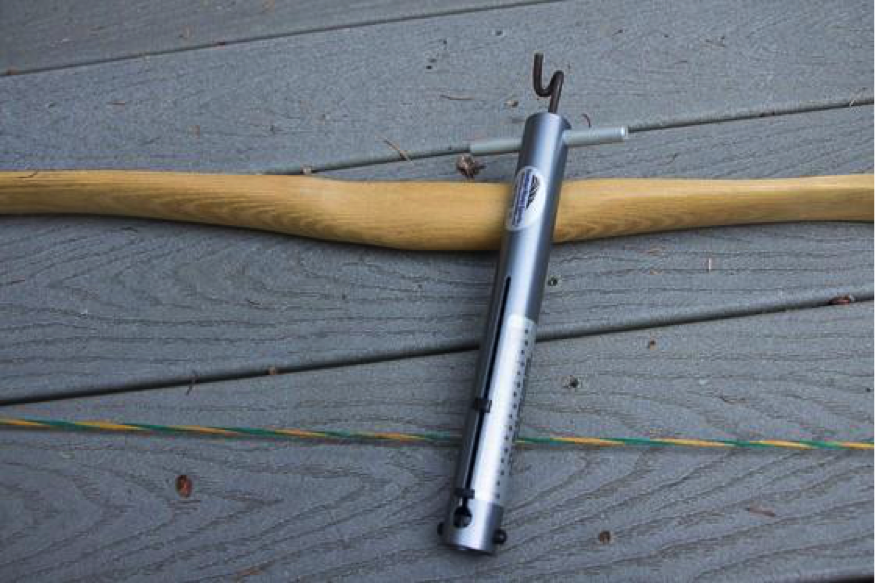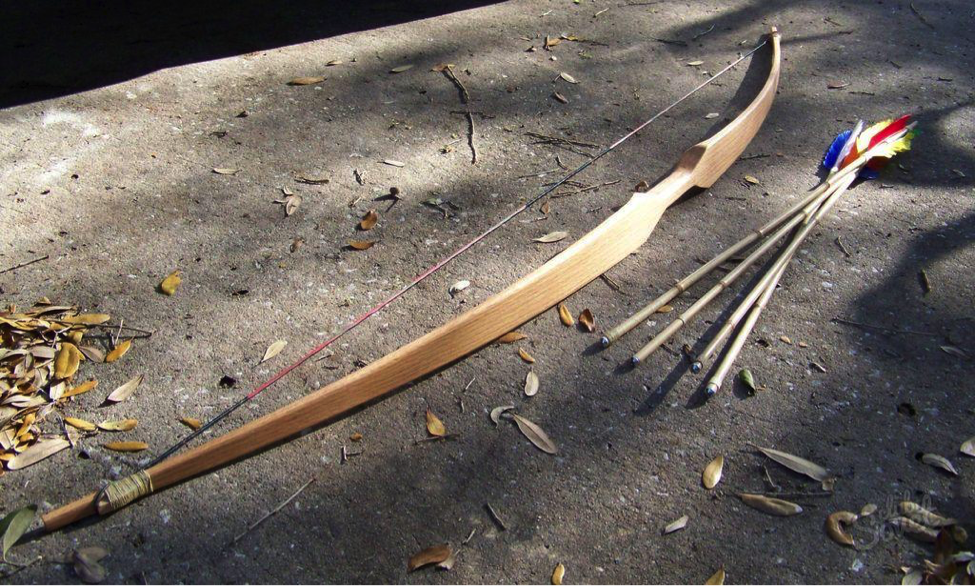What is a Wood Router?
A wood router is a tool that is used to hollow out a spot on the wood piece, it could also be used for plastic. It’s mainly used in woodworking and in creating cabinets.
How To Make a Bow? Start With These 3 Steps
Have you ever thought about creating your very own bow? Well that’s something you could do, especially if you have a wood router available. If you don’t know where to start, this article would provide you with step by step guidance. Find the best knee pads with heavy-duty protection.
1st Step: You should start by creating a figure to where you would stick the bow laminations. All you’ll need for this one is a 4 layer of ½ inch plywood glued together. You would use the first layer as a template where you would cut the right shape. For the rest, you could trace it a size bigger because they would eventually be trimmed to fit each other. Take note that a trowel that’s V shaped would make a nice glue spreader.
2nd Step: This is when you would trim all the other pieces to fit the first template. You could use the similar method to create the top half. And when the glue has dried, use your wood router to carefully and precisely trim the rest of the templates.
3rd Step: You could now use the glue for the invert taper strips so that you could decrease the figure with the contact cement. Make sure that your projects end is fitter precisely with the index pin. Insert the plastic wood strips onto the upstate of your insert cone strips so that it creates a sleek façade.

The handle of the bow is created from a block of wood more commonly known as riser block. You can smoothen it by using an oscillating spindle sander. You could then use a backer board to feather your hook’s rise with the thinness to be as thin as paper.
You make the bow from 3 different type of laminations. A taper that’s thick from the bottom to the top, and solid wood strips that has a particular width, don’t forget to cover them with epoxy in slow setting.
Create the bottom pair of rolling: Make sure that the hole drilled will match the index pin by placing the riser block over it. The upstate rolling should be over the riser. The plastic enfold would be saving the form from the epoxy so don’t worry. You should then protect them from gliding around the figure below by enfolding filament tape around the rollings.
Now you should make pressure to the laminations: on the upstate of your laminated bow, pump in some air into the pressure hose. You should use the bolts and metal straps to hold both halves of your bow’s figure.
This time, set a shop made oven for plywood. Remember that this should be heated so that it would slow set the epoxy. It would take around 4 hours for it to form. After four hours, cool it all night and then make sure to disconnect it.
Remove the excess epoxy: You can simply use a sander for this. Don’t forget that you should wear a leather glove to do this because it could have sharp edges that could hurt you. Also, always remember to wear your protective and also apply a protective tape on the façade to avoid scratches from happening. Check this out for some reviews of Best Paint Stripper.

Tighten the paper piece: Tighten it with the centerline of the limb and the string groove point. You can use a band saw in order to cut the right shape and you can shape the edges with a wood sander.
Tie the bow and measure the distance from the riser to the string: do this in order to be able to test if the limb is stiffer than the other areas because of sanding and shaping.
Check the limbs: Check if the limbs are twisted, do this by pulling the strings and flexing the limbs with the use of a tiller tick. If it’s twisted then point the position which is higher and remove enough material by sanding.
Make the profile: create the hand grip area by cutting and drawing the arrow notch and grip with both of your hands and the patterns from the kit. And then cut and lay your bow down.
Fit the bow to your hand: take note that when you are sanding the fiber glass area you should only be using 120 grit sandpaper maximum. You want to avoid accidents and over doing it which could result to deep scratches.
Finish it up: now to finish your bow, put in the wire into the string grooves and spray some gloss varnish to be able to protect the bow and make your bow have a good shine to it. These are the Best Airless Paint Sprayer for a specific project.
Conclusion
Creating a bow is not really hard, you just have to make your clever minds work. And if you are passionate and carefully with what you are doing, I’m positive you will be able to do it correctly. Wood routers come in different types and models too, if you haven’t gotten your hands on one, make sure to get choose one that would match all your other wood projects so that you get the bang for your bucks as well. As this list is finishing, we hope that whenever you decide on making your own bow, you get to remember all the things important. Remember, make sure that your clever mind is working! Enjoy! Check this out for best detail sanders.
Leave a Reply